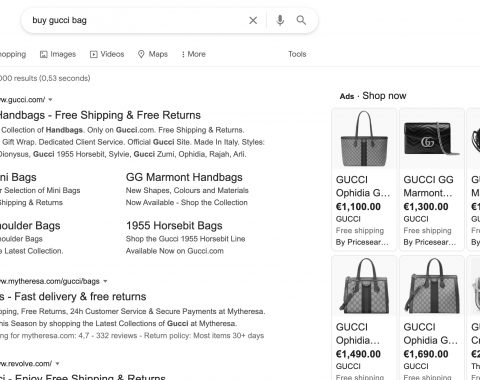We’ve put together some basic tips for writing press releases and invite you to read them carefully. With further search engine optimization of the site and search engine optimization of the site, a correctly written press release may become the key to bringing your site to the TOP.
How to write press release
1. Heading: very short, succinct, and informative – if, after reading the heading, the editor is still holding your message in his hands and his gaze has moved to the first paragraph, you have a chance.
2. The first paragraph, aka lead, is the essence of what is written below. Remember, any journalist (and an editor also belongs to this breed) is curious. This is the main quality of the profession, so here you have to answer the six most important questions for a journalist: who, what, when, where, why, how.
3. The main text: the texture is stated here – figures, facts, and comments (if they are needed), this will then be the basis for the material.
4. Information about the company. Even if you work for Intel, it’s not superfluous to remind you that you make processors, not software. Also, hardly even the most advanced editor is able to remember the year of your company’s foundation and other areas of activity.
5. Contact information: phone, fax, e-mail, corporate website, media contact, position.

The question is – how to make sure that your information gets into the current news, so that the mention is positive and so that all this does not pass under the heading “as an advertisement”? Of course, before you get all this beauty on a silver platter, you need to take some steps so that, in fact, there is an informational occasion, but if we talk about the final stage of this global action, then a properly composed press release plays a huge role here.
What it is? One of the marketing dictionaries defines it: “An event report written by a company or organization and sent to print or electronic media for public awareness.” Pay attention to the word “alert” – this is important if we are talking about non-commercial placement. Most marketing experts will tell you that a certain amount of publicity in a company’s operations can be invaluable and in some situations more effective than advertisements or low prices.
Some tips:
– Before sending information to the media, check if you have posted it on a corporate resource. If you are not interested in publishing it, why should anyone else be interested?
– If you do not know how to create great content, then there will always be someone who knows how to do it for you – an army of professional journalists at your service.
– Find out how it is more convenient for your addressee to receive information: by fax or by mail. There are still quite a few publications and editors out there who don’t like email.

– Target your audience. Targeting is also fundamental for contextual advertising. Communicate only with those publications that write about what you do. The moment you press the “start” button on your fax or send in a mail program, imagine for a second the person at the end of the line for whom your information is intended. No, this is not a reader of the publication in which you would like to see your information. This person is called the “editor”.




